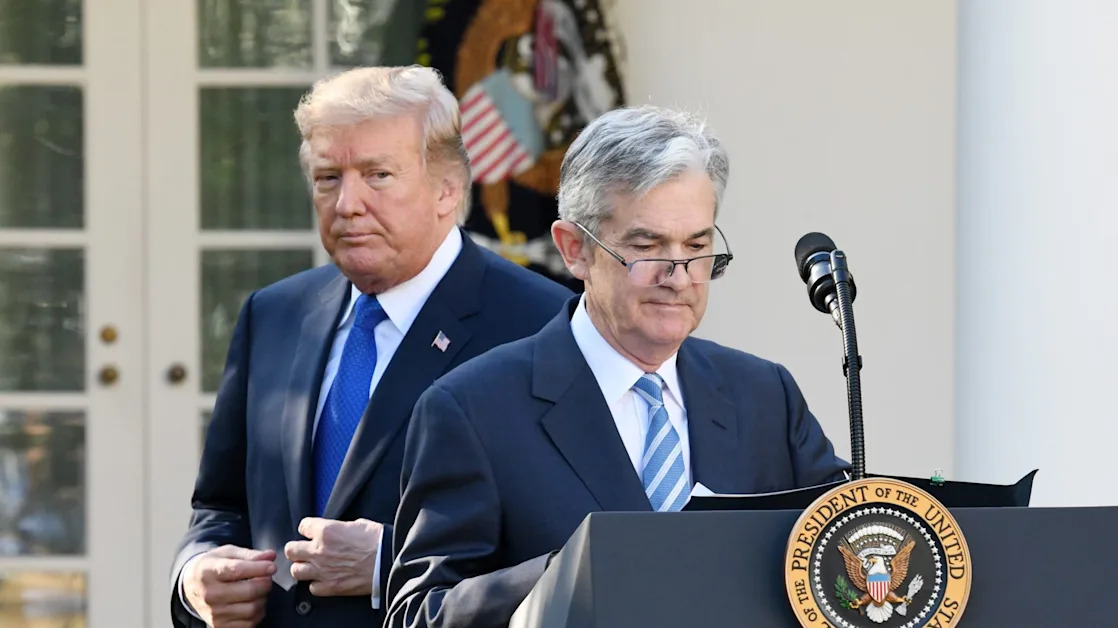
Even fellow critics of the Federal Reserve want Trump to back off Powell as stocks and the dollar both slide
President Donald Trump’s tariffs are ostensibly aimed at forcing the world to “buy American,” but investors are doing the opposite with U.S. assets. The selloff in equities and Treasury bonds has even hit the almighty dollar, putting its safe-haven status in question, and Trump’s badgering of Federal Reserve Chair Jerome Powell doesn’t appear to be helping.
While the virtues of central bank independence have become mainstream economic dogma, experts warn it lacks a strong legal basis. On Monday, markets got their first chance to react to Trump’s top economist saying the administration is studying its options to fire the Fed chair. The dollar slid to a two-year low, and the S&P 500 dropped over 3% as the president took to social media and once again called on Powell and the Fed to cut interest rates, which Trump claims will complement his tariff strategy.
“With these costs trending so nicely downward, just what I predicted they would do, there can almost be no inflation,” Trump wrote on Truth Social, “but there can be a SLOWING of the economy unless Mr. Too Late, a major loser, lowers interest rates, NOW.”
Last week, the president said Powell’s termination could not “come fast enough” after the Fed chair warned Trump’s announced tariffs could result in both slowing growth and higher inflation, a dreaded combination known as “ stagflation .” Powell acknowledged such a scenario is difficult for central banks, which raise interest rates to fight inflation but lower them to spur economic activity.
A day later, Trump repeatedly criticized the world’s most important central banker while talking to reporters with Italian Prime Minister Giorgia Meloni.
“If I want him out, he’ll be out of there real fast, believe me,” Trump said.
Powell has maintained that he can only be fired “for cause,” presumably referring to Section 10 of the Federal Reserve Act. While not explicitly defined in the statute, the Supreme Court’s 1935 decision in Humphrey’s Executor v. United States held that protection meant the head of such an agency could only be removed for “inefficiency, neglect of duty, or malfeasance”—and not for current policy disagreements.
Trump has already tested that precedent by firing Democratic members of the National Labor Relations Board and Merit Systems Protection Board, with both cases going to the Supreme Court. Regardless, Jay Hatfield, CEO of Infrastructure Capital Advisors, thinks the court’s 1935 standard could be used to describe Powell and the Fed’s slow response to rising inflation in 2021.